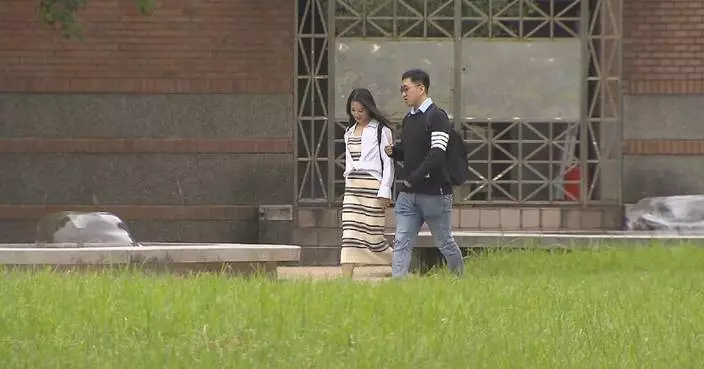The 15th session of the Organization of the Islamic Conference (OIC) Summit Conference opened on Saturday in Banjul, The Gambia's capital, under the theme "Enhancing Unity and Solidarity Through Dialogue for Sustainable Development."
The two-day summit is taking place at the Sir Dawda Kairaba Jawara International Conference Center, with more than 3,000 representatives in attendance.
The representatives are engaging in discussions and putting forward suggestions on various issues, including the ongoing Palestinian-Israeli conflict, the situation in Sudan and other countries, the economic and social development of Muslim nations worldwide, as well as climate change.
Gambian President Adama Barrow remarked that the summit is being held in a difficult context marked by the situation in the Gaza Strip.
The crisis poses a serious challenge to stability and peace in the world, he said, stressing that "the affected Palestinian communities must regain their dignity."
"The ongoing violence and instability in the region and the humanitarian crisis in Gaza continue to make the prospects of peace remote. In fact, the hostilities pose a serious threat to regional stability and global peace. I call upon member states to take decisive actions to address the root causes of the conflict and work towards a just and lasting solution," said Barrow.
Barrow urged the OIC "to chart a new path toward peace and reconciliation."
OIC Secretary General Hissein Brahim Taha condemned Israeli attacks on Gaza and reaffirmed the OIC's support for, and its commitment to, the Palestinian people.
Founded in 1969, the OIC has 57 member states. Aiming to strengthen economic, social, cultural, scientific and other cooperation between Islamic countries, the summit conference is held every three years.

Organization of Islamic Conference summit opens in Gambian capital

Organization of Islamic Conference summit opens in Gambian capital
Chinese scientists have recently worked together and rebuilt the face of an ancient Chinese ethnic minority emperor via cutting-edge DNA technology.
Emperor Wu of the Xianbei-led Northern Zhou Dynasty (557-581), also known as Yuwen Yong, was an ambitious leader who died at 36. He belonged to the Xianbei nomadic group, which originated from the Mongolian Plateau.
The tomb of the emperor was discovered in 1993 in a village of the city of Xianyang in northwest China's Shaanxi Province. His skull and bones were discovered during an excavation held in 1994 and 1995 at the site of his tomb.
In late March this year, scientists led by the Shaanxi Provincial Institute of Archaeology and the Institute of Archaeological Science of Fudan University managed to decode key features of the emperor and speculate about his cause of death. The emperor might have died from chronic arsenic poisoning due to long-term use of a pellet, which was believed by ancient people to achieve eternal life.
"First, the skeleton can be used to determine age. Second, in terms of age and gender, some pathological research can also be done to see if he had any fractures or other (diseases)," said Zhang Jianlin, a researcher from the Shaanxi Provincial Institute of Archaeology.
Obtaining high-quality genomic data is crucial for restoring the face. Through DNA paleogenomics techniques and optimized DNA extraction, database building and capture methods, more history was revealed.
"First, we have done the shorter fragments enrichment method, which is a DNA extraction method. In addition, we have developed some more sensitive database building method suitable for ancient samples with short fragments. You can regard it as a method to amplify the genetic signal, the extracted DNA. The third is that we have developed a capture method that is more suitable for this kind of highly degraded ancient samples. So we have optimized and improved our approach from three aspects at the same time," said Wen Shaoqing, an associate professor of the Institute of Archaeological Science of Fudan University.
The reconstructed face showed that Yuwen Yong had black hair, yellow skin and brown eyes, while his appearance was typical for people from East or Northeast Asia.
Wen said that with the help of the DNA technology, the accuracy of facial restoration can reach 90 percent.
"As for the accuracy of (facial restoration), the current situation is that if there is a skull as a basis, its accuracy will be relatively high," said Wen.

Scientists rebuild face of ancient emperor using advanced DNA technology











